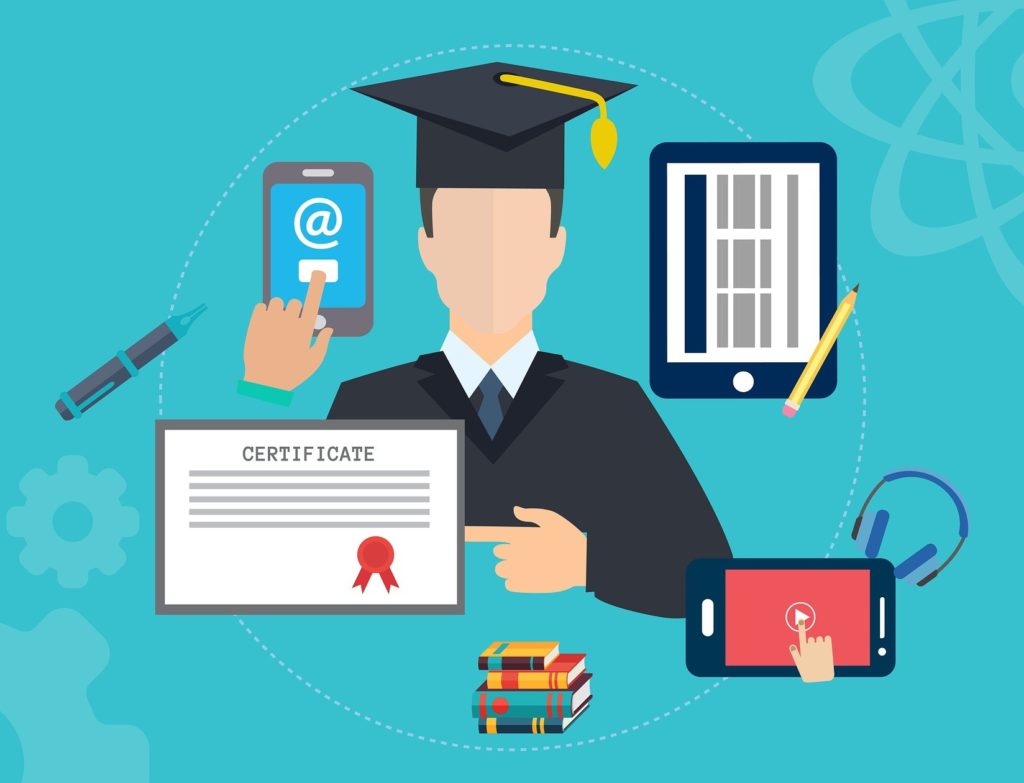
Blended learning has increasingly been adopted in the last two decades and appeared to be more popular since the global pandemic COVID-19. Even though blended learning is no longer a new mode of teaching, many schools and universities have recently put an incredible effort on teacher training for blended teaching. However, the question is what knowledge and skills are needed by teachers for blended teaching? Are there any identified blended teaching competencies for teachers? These questions are important because knowing teacher competencies can help institutions to align their teacher professional development programs with the needs of teachers.
One competency for teachers is foundational knowledge and skills which often involves teacher digital literacy. Digital literacy can be defined as teacher ability to effectively using technology to acquire, evaluate, integrate, create, and communicate information in a digital learning environment. These may include basic computer skills, use of learning management systems, and some specific skills such as audio/video learning material production. This competency is paramount because blended learning involves integration of digital technology into regular face-to-face (F2F) teaching, hence, without the foundational knowledge and skills, teachers are unlikely to understand how to effectively combine online and F2F learning.
The second competency is instructional planning. Blended learning is not just the use of online and F2F learning, but the purposeful combination of both the learning environments. Therefore, to make student learning more meaningful, teachers need to know how to plan blended learning activities and assessments. These may include, but not limited to, identifying the proportion of the F2F component, planning for student independent learning, and identifying proper approaches and methods for course assessments. Specifically, it is vital for teachers to think and plan for facilitating student learning interactions that includes, student-student interactions, student-teacher interactions, and student-content interactions. In each of these aspects, teachers need to make thoughtful decisions to make sure that students are provided with an optimal learning experience.
Another key competency is learning management. This competency involves managing both F2F and online learning. Managing the F2F component of blended learning may not be a problem for most of the teachers as they are typically trained for F2F teaching. Therefore, more emphasis needs to be given for managing the online learning environment. This includes, but not limited to, leveraging learning flexibility, maintaining teacher presence, providing students with adequate learning support, and holding students accountable for their learning actions. These may not be easy as each of these may require continued teacher efforts. Many teachers use their time in odd hours such as the evenings and weekends to manage these activities.
One may think that blended teaching is easy as it may not have daily or weekly F2F teaching. However, in my own experience, blended teaching often adds more on the teacher’s plate, and teachers require additional knowledge and skills to be able to teach blended subjects. While there may be many other competencies, the three big competencies identified in this article could be targeted for effective teacher professional development for blended teaching.
